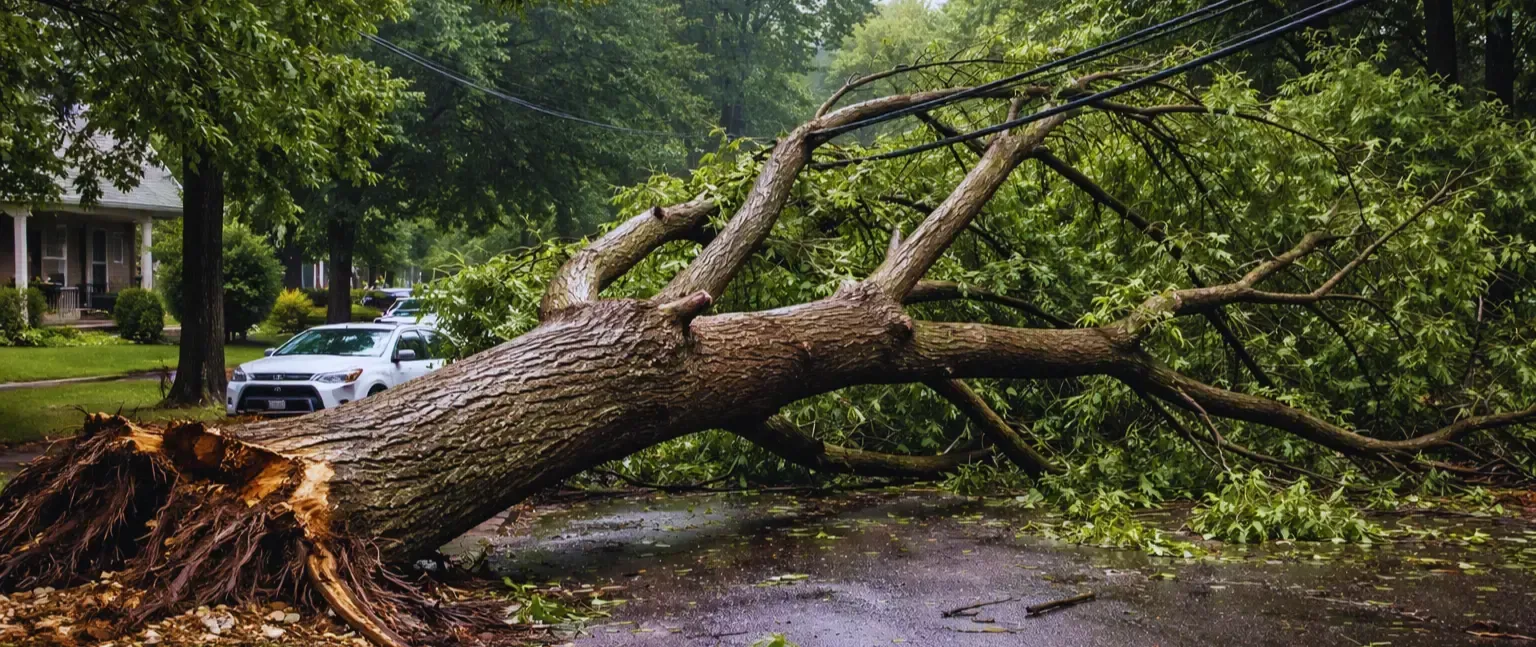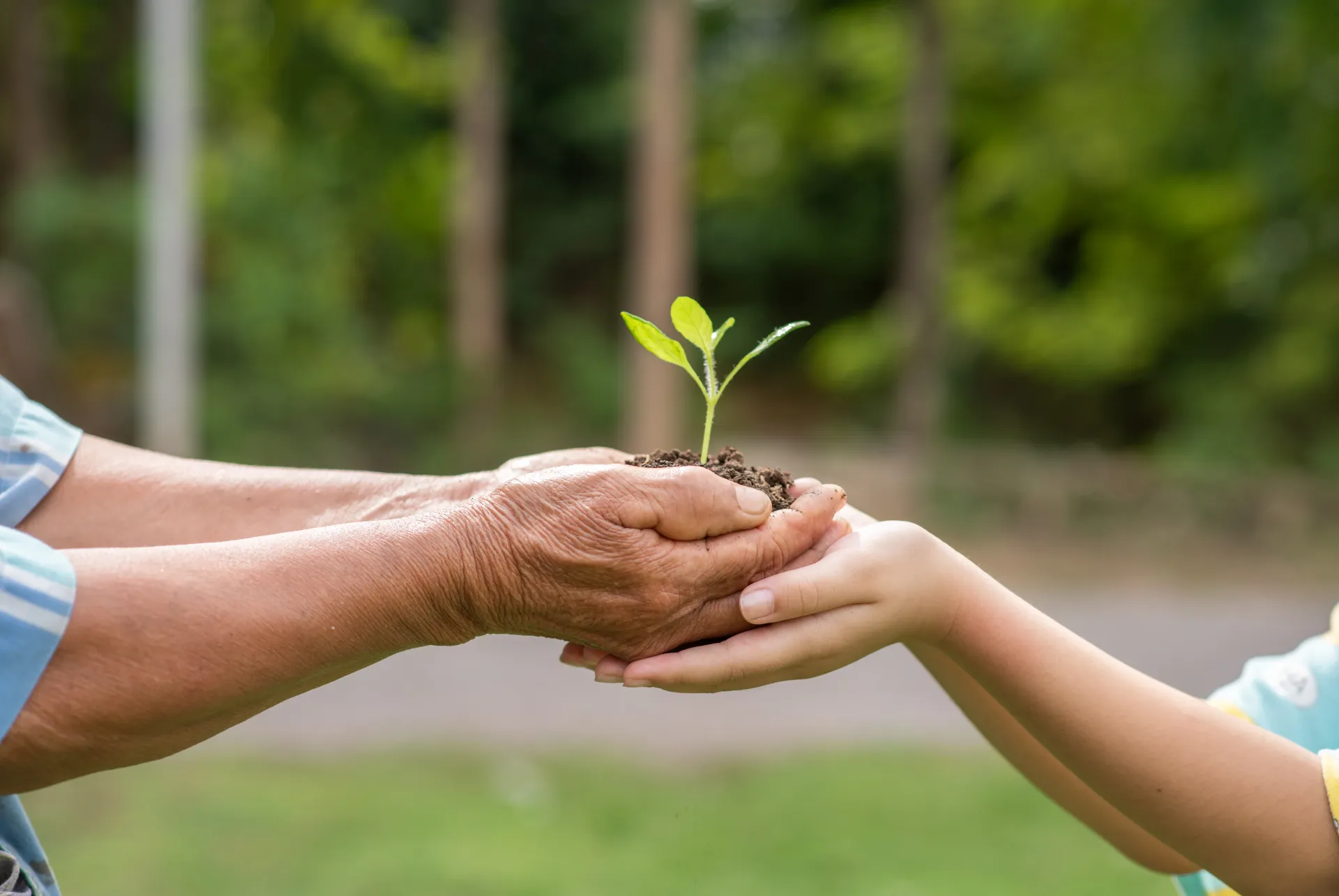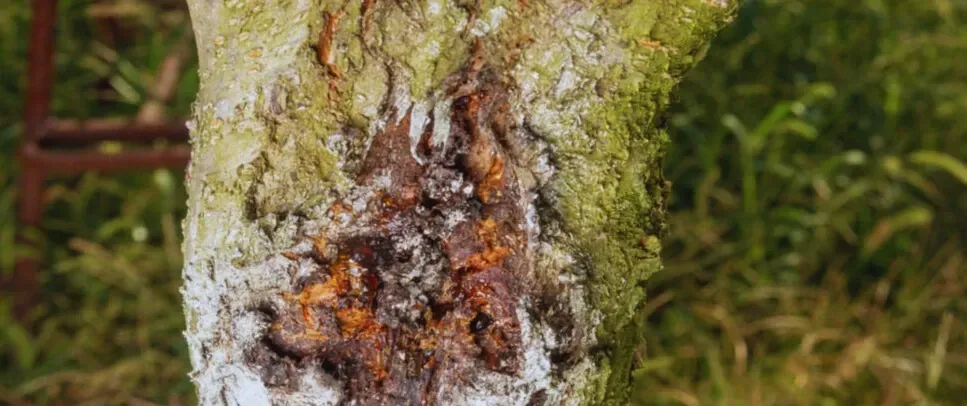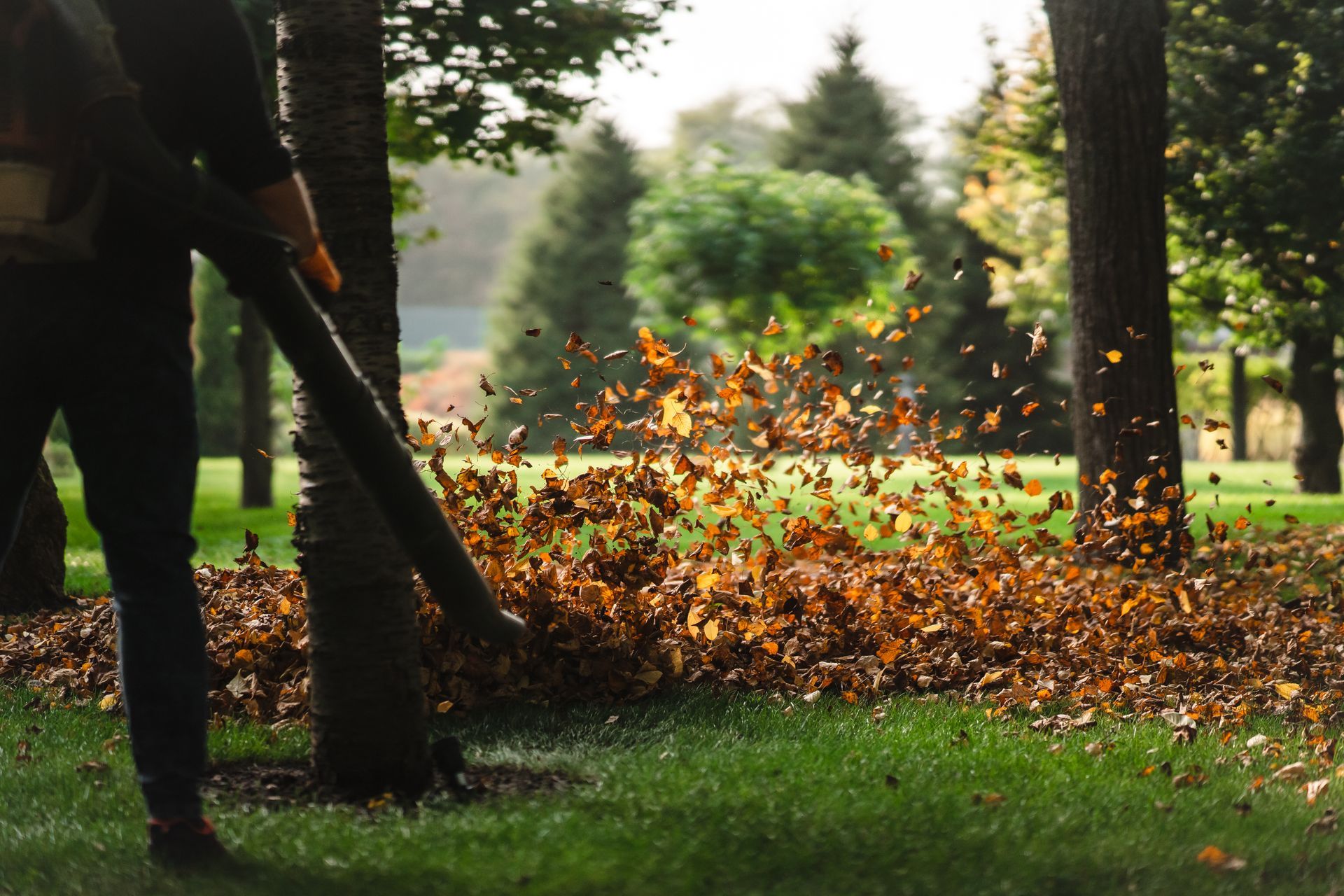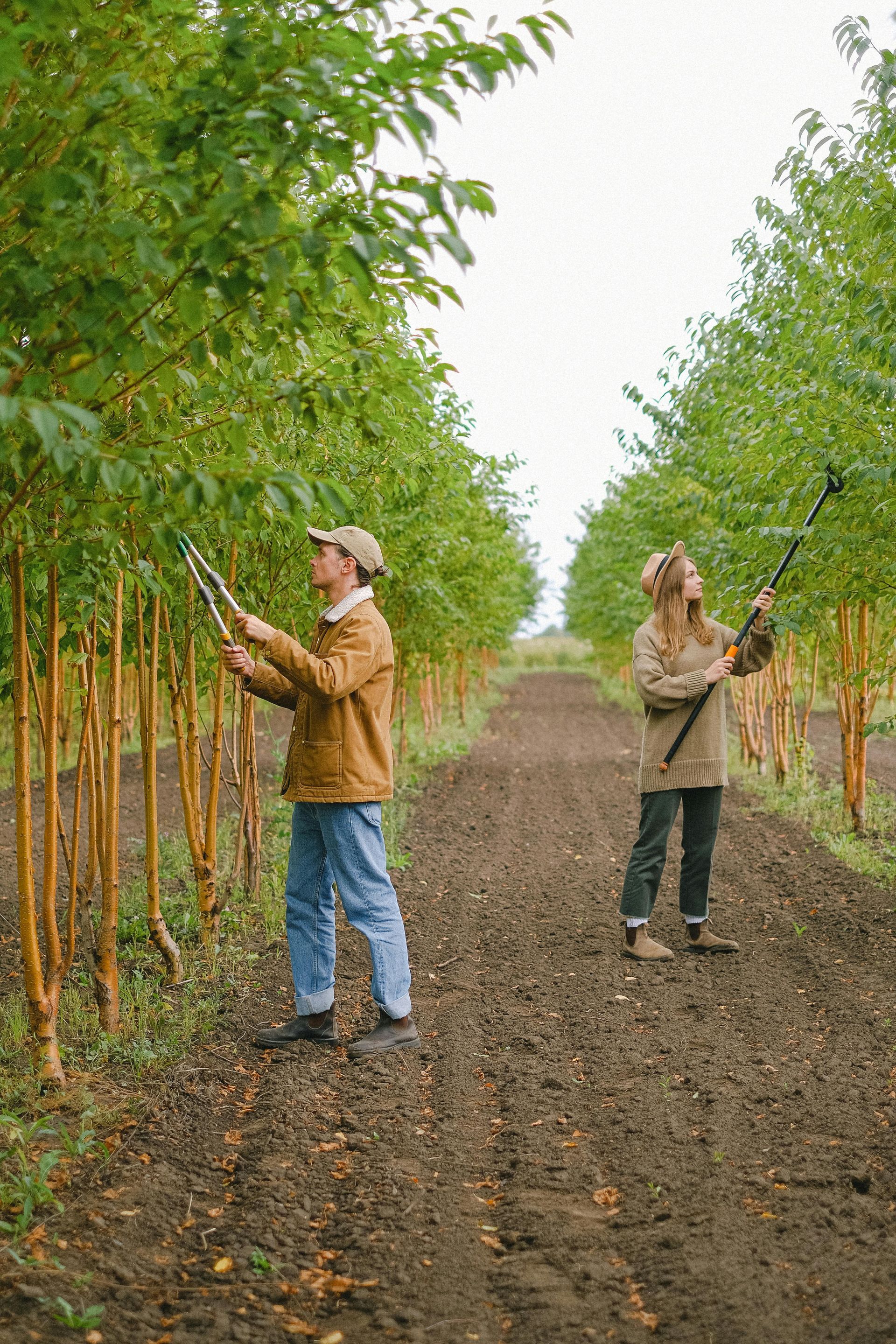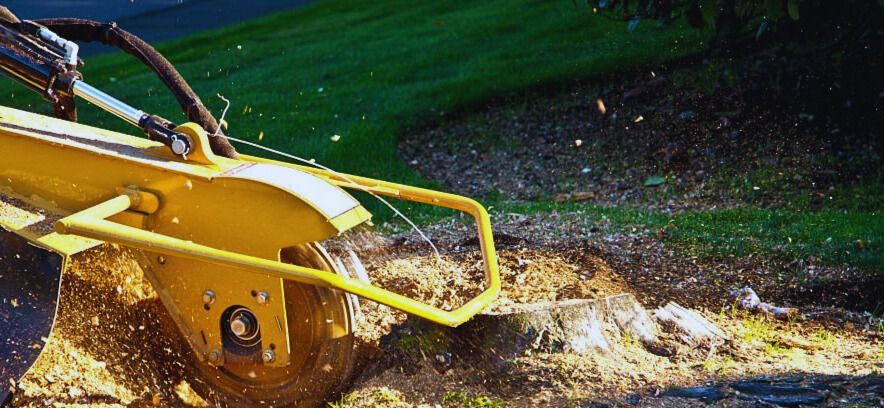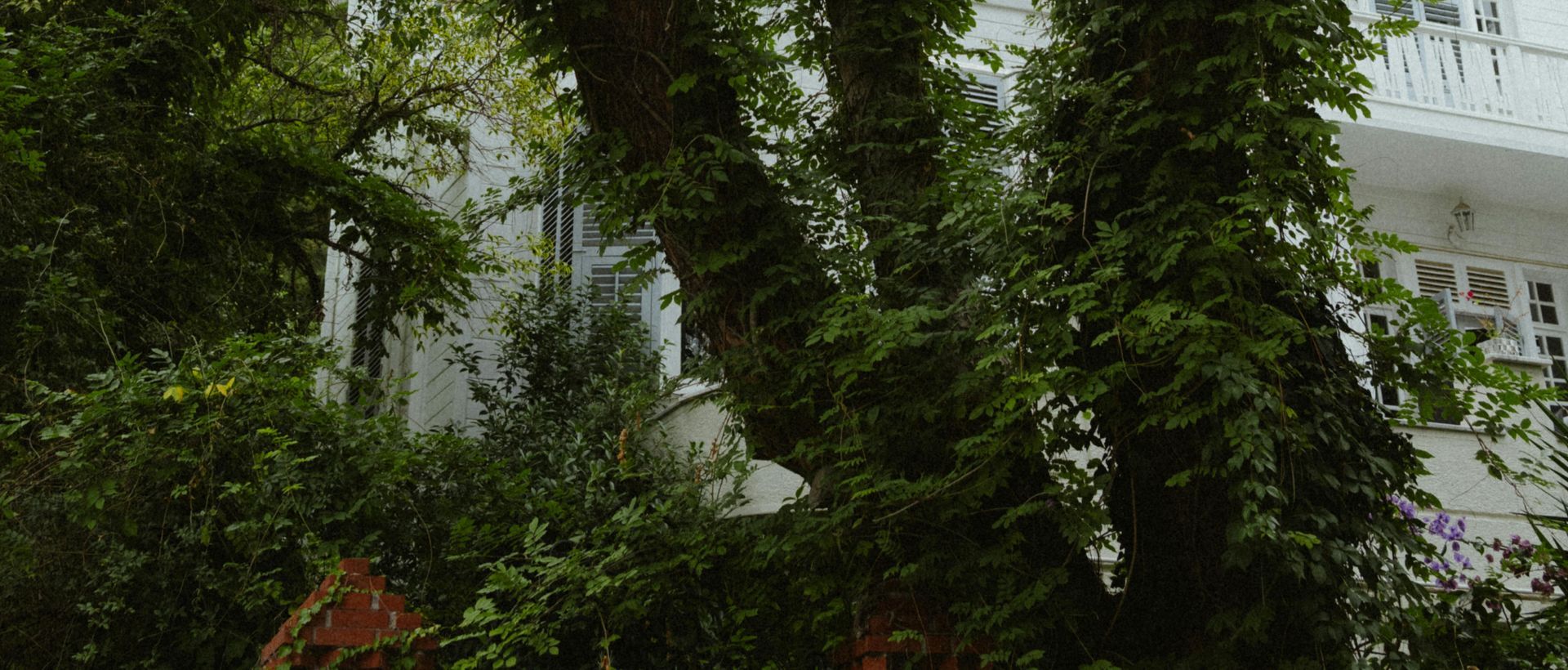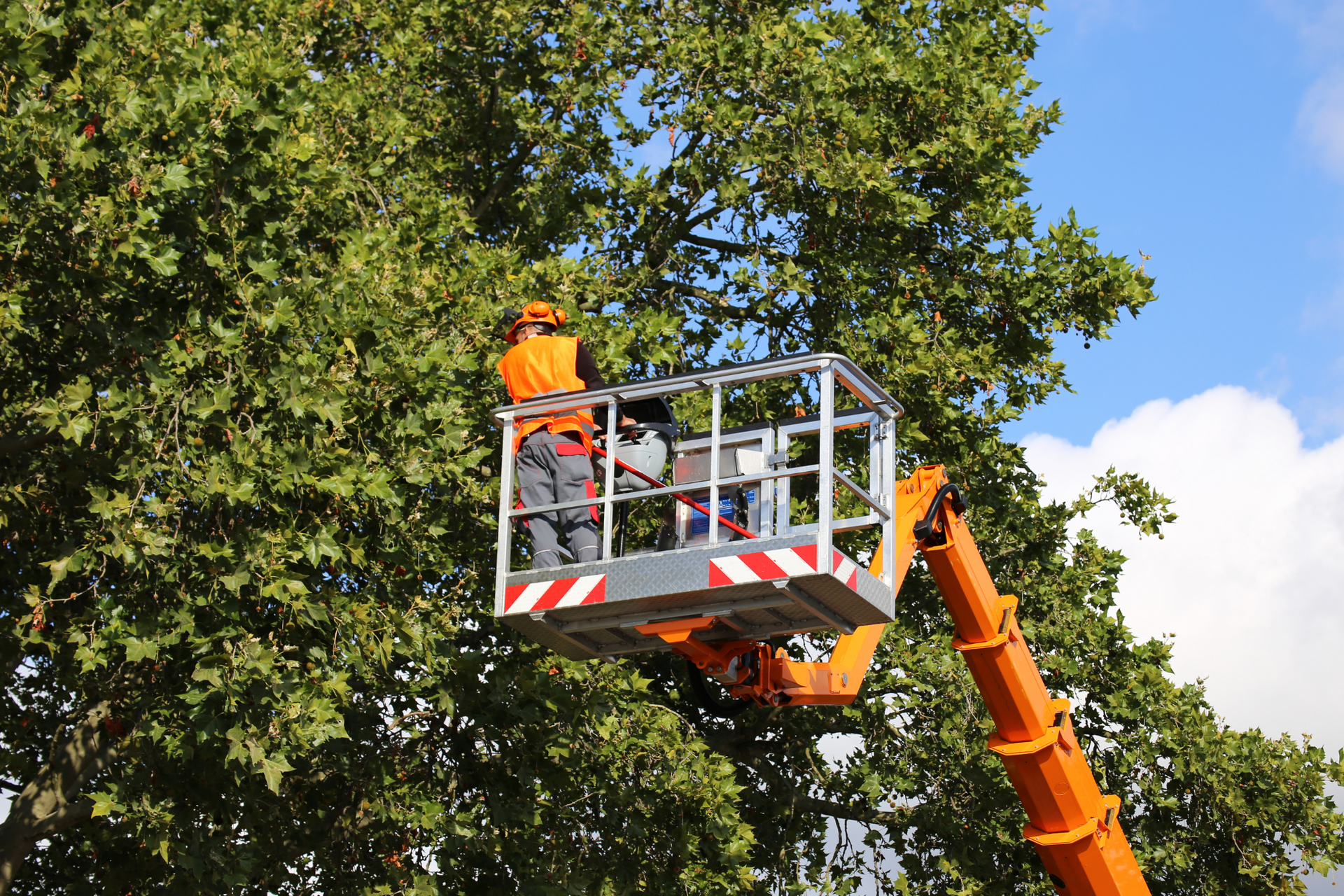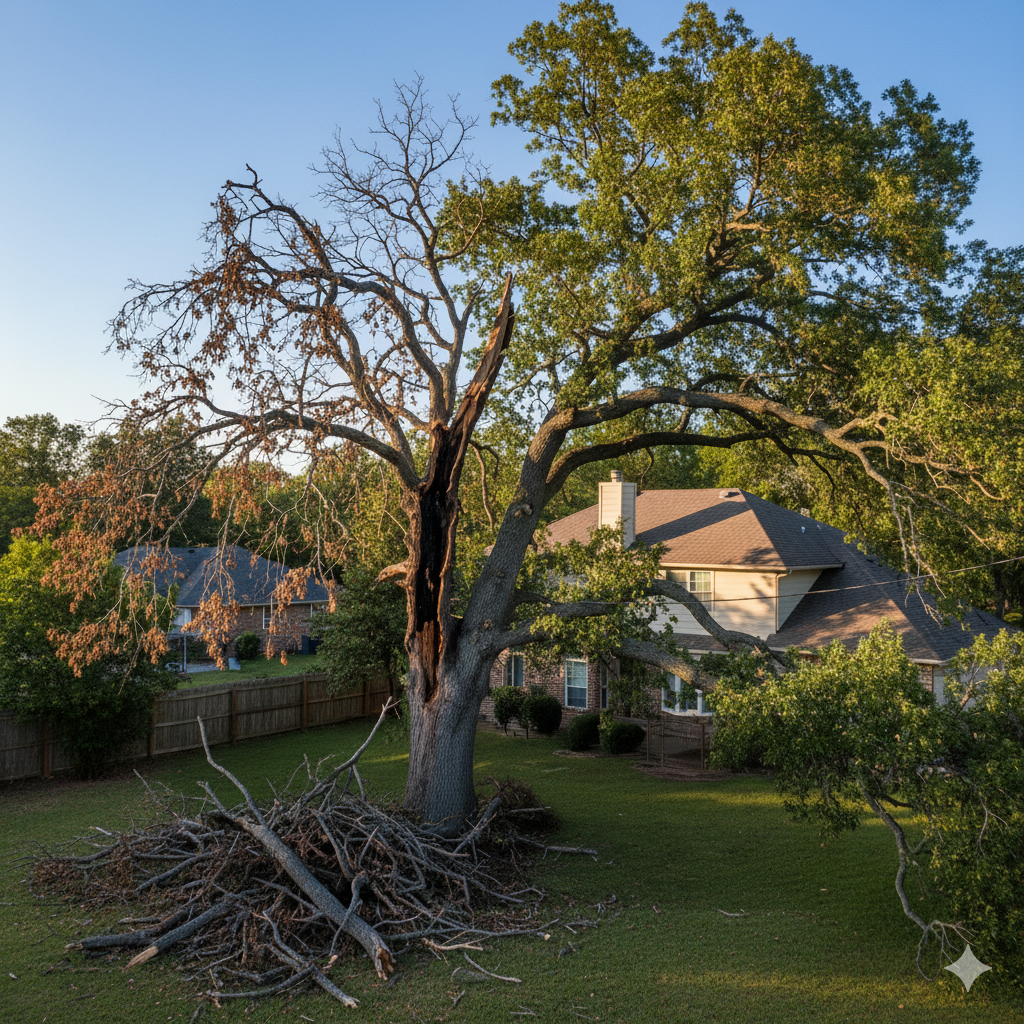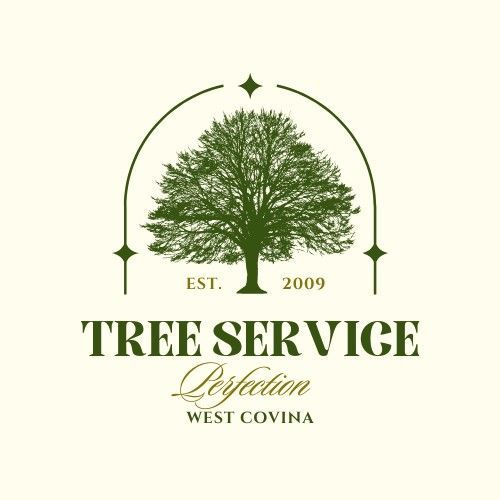Why Regular Tree Trimming in West Covina Is the Secret to a Healthy, Safe Landscape
Understanding the importance of regular tree trimming helps West Covina property owners maintain beautiful landscapes while protecting their families and investments. Professional trimming promotes tree health, prevents property damage, and enhances outdoor aesthetics throughout Southern California's unique climate.
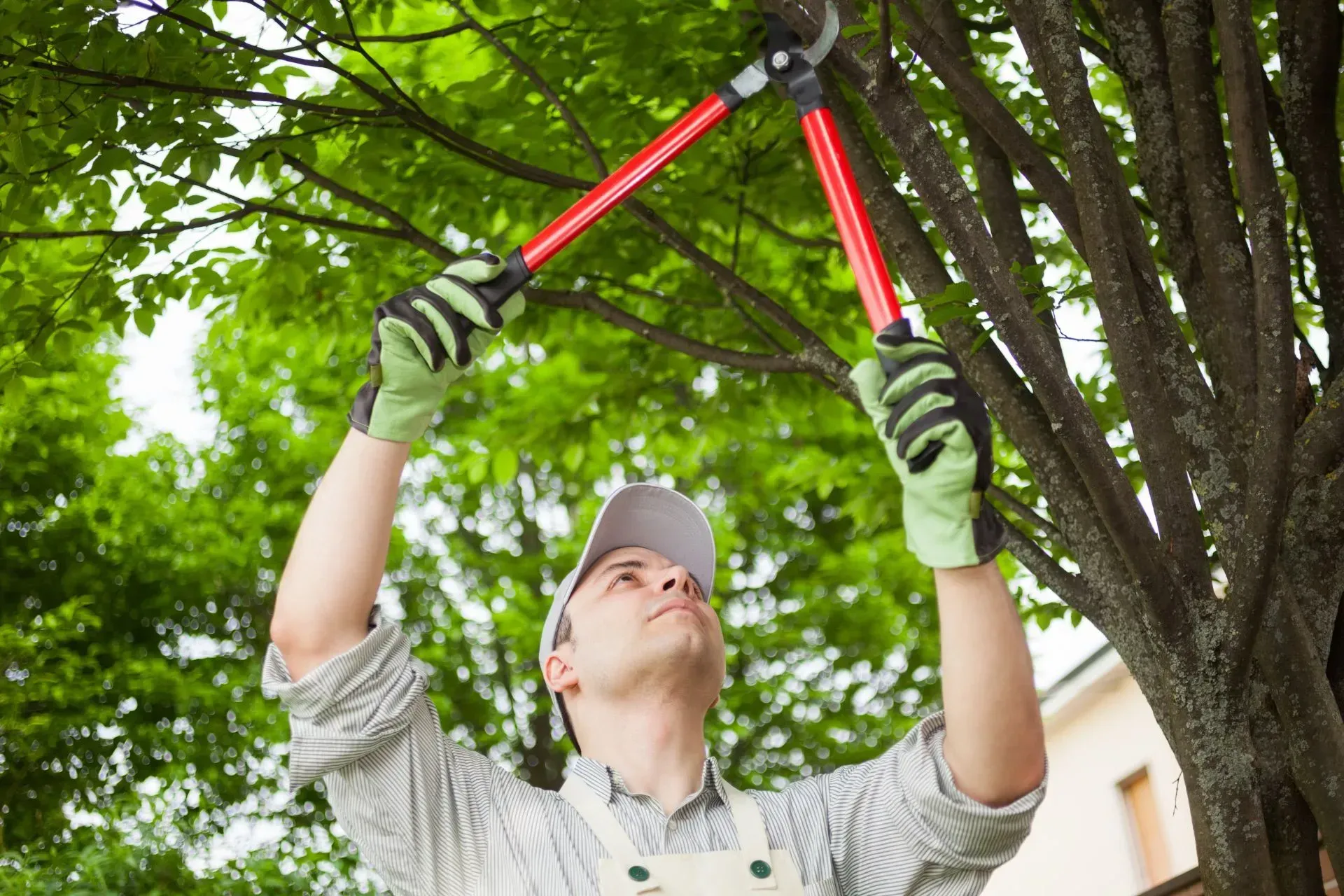
How Tree Trimming Promotes Health
Regular professional trimming significantly improves tree vitality and longevity. Understanding these health benefits helps property owners appreciate the value of consistent maintenance.
Disease Prevention: Removing dead, diseased, or infected branches prevents pathogens from spreading throughout trees and to neighboring healthy specimens in your landscape.
Improved Air Circulation: Thinning dense canopies allows better airflow through branches reducing moisture buildup that promotes fungal growth and pest infestations.
Sunlight Penetration: Strategic trimming allows sunlight to reach inner branches and understory plants promoting photosynthesis and healthy growth throughout your landscape.
Structural Integrity: Removing weak branches and correcting poor growth patterns strengthens tree structures reducing risk of major limb failures during storms.
Resource Allocation: Eliminating dead wood and excess growth allows trees to direct energy and nutrients toward healthy productive branches and new growth.
Pest Management: Regular inspections during trimming identify pest problems early allowing prompt treatment before infestations cause serious damage or tree death.
Safety Benefits for West Covina Properties
Safety concerns make regular trimming essential for protecting people and property. Understanding risks helps homeowners prioritize preventive maintenance.
Falling Branch Prevention: Removing dead, dying, or weakly attached limbs eliminates hazards that could fall on people, vehicles, structures, or power lines.
Storm Damage Reduction: Properly trimmed trees withstand West Covina's occasional strong winds and storms better than overgrown neglected specimens.
Power Line Clearance: Maintaining adequate distance between branches and electrical lines prevents outages, fires, and dangerous contact during windy conditions.
Visibility Improvement: Trimming branches blocking street signs, traffic signals, or driver sight lines enhances neighborhood safety for vehicles and pedestrians.
Building Protection: Keeping branches away from roofs, siding, and windows prevents structural damage, pest entry, and moisture problems affecting homes.
Pedestrian Safety: Eliminating low hanging branches over walkways, driveways, and patios prevents injuries to residents, visitors, and service providers.
Optimal Trimming Frequency for West Covina Trees
Understanding appropriate timing helps property owners maintain trees effectively without over pruning or neglecting necessary maintenance.
Young Trees: Recently planted specimens benefit from annual trimming establishing proper structure and eliminating competing leaders or crossing branches.
Mature Shade Trees: Established large trees typically need professional trimming every 3 to 5 years depending on species, growth rate, and condition.
Fruit Trees: Productive fruit trees require annual pruning during dormancy optimizing fruit production and maintaining manageable sizes for harvesting.
Fast Growing Species: Trees like eucalyptus or mulberry growing rapidly in West Covina's climate may need trimming every 2 to 3 years.
Slow Growing Trees: Oak, olive, and other slower species often require less frequent trimming every 5 to 7 years when established.
Problem Trees: Specimens with disease, pest damage, or structural issues may need more frequent attention addressing developing problems promptly.
Best Seasons for Tree Trimming in West Covina
Strategic timing optimizes results while minimizing stress on trees. West Covina's Mediterranean climate influences ideal trimming schedules.
Late Winter (January to March): Dormant season trimming causes minimal stress and allows clear views of branch structures without foliage obstruction.
Early Spring (March to April): Trimming before active growth directs energy toward healthy branches and promotes vigorous spring development.
Summer (June to August): Light trimming controls excessive growth though major pruning should be avoided during hot dry periods causing additional stress.
Fall (September to November): Moderate trimming prepares trees for winter though avoid heavy pruning that might stimulate vulnerable new growth before cold weather.
Avoid Late Fall: Heavy trimming too close to winter dormancy can leave trees vulnerable without time to recover before seasonal changes.
Species Considerations: Flowering trees should be trimmed after blooming while deciduous trees benefit from winter pruning when structure is visible.
Professional vs DIY Tree Trimming
Understanding when to hire professionals versus attempting DIY work protects both trees and personal safety while ensuring quality results.
Professional Advantages: Certified arborists understand proper techniques, have specialized equipment, carry liability insurance, and work safely at dangerous heights. Professional tree trimming services ensure quality results and safety.
Safety Concerns: Tree work involves significant risks including falls, equipment injuries, electrical hazards near power lines, and falling branch dangers.
Equipment Requirements: Professional jobs require chainsaws, pole saws, climbing gear, chippers, and safety equipment most homeowners don't own or know how to use properly.
Proper Techniques: Incorrect cuts damage trees causing decay, disease entry, and structural weakness that professionals avoid through proper training.
Large Tree Limitations: Trees over 15 feet tall or with large diameter branches require professional service for safe effective trimming.
Acceptable DIY Tasks: Homeowners can safely remove small dead branches, trim low shrubs, and perform minor maintenance on young small trees.
Signs Your West Covina Trees Need Trimming
Recognizing indicators helps property owners schedule timely service before problems escalate into expensive damage or safety hazards.
Dead or Dying Branches: Brown brittle limbs without leaves or with peeling bark indicate dead wood requiring immediate removal.
Crossing Branches: Limbs rubbing against each other create wounds allowing pest and disease entry while weakening both branches.
Storm Damage: Broken, cracked, or hanging branches from wind events need prompt professional removal preventing further damage or injuries.
Overgrown Canopies: Dense crowded foliage blocking sunlight, reducing air circulation, or touching structures signals need for thinning.
Low Clearance: Branches hanging over walkways, driveways, or below 8 feet over streets create hazards requiring removal or raising.
Pest Infestations: Visible insects, webbing, holes, or unusual leaf damage may require removing affected branches and treating remaining trees.
Common West Covina Tree Species and Trimming Needs
Different trees common in West Covina landscapes have specific requirements. Understanding these variations ensures appropriate care for each species.
California Sycamore: Fast growing natives need regular trimming every 3 to 4 years controlling size and removing dead wood common in mature specimens.
Coastal Live Oak: Slow growing oaks require minimal trimming every 5 to 7 years with careful attention to proper cutting techniques preventing oak wilt.
Jacaranda: Popular ornamentals benefit from light annual trimming after spring blooming maintaining attractive shapes and removing seed pods.
Citrus Trees: Fruit producers need annual trimming removing dead wood, opening canopies for sunlight, and maintaining heights for easy harvesting.
Mexican Fan Palm: Tall palms require professional trimming removing dead fronds and seed pods that create fire hazards and falling debris risks.
Eucalyptus: Fast growing Australian natives need frequent attention every 2 to 3 years controlling size and removing hazardous brittle branches.
Tree Trimming Techniques and Methods
Professional arborists use specific techniques promoting tree health while achieving desired aesthetic and structural results.
Crown Thinning: Selective removal of branches throughout canopies improves light penetration and air circulation without drastically changing tree shapes.
Crown Raising: Removing lower branches increases clearance over walkways, streets, and structures while maintaining natural tree forms.
Crown Reduction: Decreasing overall tree size by cutting back to lateral branches maintains natural appearance better than topping.
Deadwooding: Removing all dead, dying, or diseased branches throughout trees prevents hazards and improves appearance and health.
Structural Pruning: Training young trees through selective removal establishes strong frameworks preventing future problems with mature specimens.
Vista Pruning: Selective thinning creates views through trees without destroying natural forms or compromising tree health.
Impact on Property Value and Curb Appeal
Well maintained trees significantly enhance property aesthetics and values. Understanding these benefits justifies regular maintenance investments.
Enhanced Aesthetics: Properly trimmed trees with attractive shapes and healthy foliage dramatically improve overall landscape appearance and curb appeal.
Increased Value: Mature healthy trees can add 7% to 19% to property values according to studies making trimming excellent investments.
Improved Views: Strategic trimming opens sight lines to architectural features, gardens, and views without removing valuable mature trees.
Seasonal Interest: Proper pruning enhances natural beauty through seasons including spring blooms, summer shade, fall colors, and attractive winter forms.
Neighborhood Appeal: Well maintained properties with healthy trees contribute to entire neighborhood aesthetics potentially influencing surrounding property values.
Sale Advantages: Homes with professionally maintained landscapes sell faster and command higher prices than properties with neglected overgrown trees.
Cost Factors for Tree Trimming Services
Understanding pricing helps West Covina homeowners budget appropriately for necessary tree maintenance throughout the year.
| Service Factor | Typical Cost Range | Key Considerations |
|---|---|---|
| Small Trees (under 30 ft) | $200 to $500 | Basic equipment, quick completion |
| Medium Trees (30 to 60 ft) | $400 to $900 | More time, specialized equipment |
| Large Trees (over 60 ft) | $800 to $1,500+ | Extensive work, safety requirements |
| Emergency Service | Add 50% to 100% | After hours, storm response |
Regulations and Permits in West Covina
Understanding local requirements ensures compliance with city ordinances protecting significant trees and maintaining urban forest quality.
Protected Trees: West Covina may protect certain species, sizes, or heritage trees requiring permits before trimming or removal.
Permit Requirements: Major trimming or removal of protected trees typically requires city permits with applications, fees, and approval processes.
Street Tree Regulations: Trees in public rights of way including parkways fall under city jurisdiction requiring coordination with municipal departments.
HOA Rules: Properties in homeowners associations may have additional landscape requirements and approval processes beyond city regulations.
Utility Coordination: Trimming near power lines requires coordination with Southern California Edison ensuring safe proper clearance procedures.
Penalties for Violations: Unpermitted work on protected trees can result in fines, replacement requirements, or legal action from the city.
Environmental Benefits of Regular Trimming
Proper tree maintenance provides important environmental advantages beyond aesthetics and safety. Understanding these benefits demonstrates responsible stewardship.
Improved Tree Health: Healthy vigorous trees provide better air purification, carbon sequestration, and wildlife habitat than stressed declining specimens.
Storm Water Management: Well maintained trees with extensive root systems help manage rainfall reducing runoff and erosion in West Covina landscapes.
Energy Conservation: Strategic trimming maintains shade benefits reducing cooling costs while preventing branches from blocking solar panels or interfering with buildings.
Wildlife Support: Healthy trees support birds, beneficial insects, and other wildlife contributing to local ecosystem health and biodiversity.
Extended Lifespan: Regular maintenance extends tree life spans allowing mature specimens to provide environmental benefits for decades or centuries.
Reduced Waste: Proper trimming prevents tree decline requiring removal generating significant waste while eliminating carbon storage these trees provided.
Selecting Professional Tree Services
Choosing qualified contractors ensures quality work protecting your trees and property. Understanding evaluation criteria helps identify reputable companies.
Certification Verification: Look for ISA Certified Arborists demonstrating professional training and competency in proper tree care techniques.
Insurance Coverage: Verify comprehensive liability insurance and workers compensation protecting you from financial responsibility for accidents or property damage.
Local Experience: Tree Service West Covina understand local tree species, climate conditions, pests, diseases, and regulations affecting proper care.
Written Estimates: Reputable services provide detailed quotes specifying work scope, costs, timeline, and cleanup procedures before beginning projects.
References and Reviews: Check online ratings and request references from previous customers verifying service quality and professionalism.
Proper Equipment: Quality companies maintain modern well serviced tools and safety equipment completing work efficiently and safely.
Tree Trimming and Disease Management
Regular maintenance plays crucial roles in preventing and managing tree diseases common in West Covina's climate and conditions.
Early Detection: Routine trimming provides opportunities for professionals to identify disease symptoms early when treatment options are most effective.
Infected Branch Removal: Eliminating diseased limbs prevents pathogens from spreading throughout trees and to neighboring healthy specimens in landscapes.
Tool Sterilization: Professional arborists sterilize cutting tools between trees preventing disease transmission during trimming operations.
Wound Treatment: Proper cutting techniques minimize wound sizes and promote natural healing responses reducing disease and pest entry opportunities.
Canopy Opening: Improved air circulation through thinned canopies reduces humid conditions favoring fungal diseases common in dense overgrown trees.
Stress Reduction: Removing dead wood and opening canopies reduces overall tree stress making specimens more resistant to disease and pest problems.
Storm Preparation Through Trimming
Proactive trimming significantly reduces storm damage risks. Strategic maintenance protects property and trees during occasional severe weather events.
Weak Branch Removal: Eliminating branches with poor attachments, cracks, or decay prevents failures during high winds affecting West Covina occasionally.
Weight Reduction: Thinning dense canopies reduces wind resistance decreasing forces on trunks and roots during storms.
Clearance Maintenance: Keeping branches away from structures prevents damage when wind causes movement or if branches do break during storms.
Balance Improvement: Correcting lopsided canopies through selective pruning reduces leverage effects making trees more wind resistant.
Hazard Elimination: Removing dead hanging branches prevents these from falling and causing injuries or property damage during weather events.
Power Line Protection: Maintaining adequate clearances prevents outages and fire hazards if branches contact lines during windstorms.
Expert Tips and Local Insights
In West Covina, understanding local conditions and tree species helps property owners maintain healthy beautiful landscapes through all seasons.
"Regular tree trimming is absolutely essential in West Covina's climate," explains a certified arborist. "Our hot dry summers, occasional Santa Ana winds, and diverse urban forest create specific challenges. Property owners who trim trees every 3 to 5 years depending on species avoid most serious problems we see including storm damage, pest infestations, and structural failures. The investment in regular maintenance costs far less than emergency removals, property repairs, or replacing trees that decline from neglect. Healthy well maintained trees are safer, more beautiful, and add significant value to West Covina properties for decades."
Whether your property is near downtown West Covina, in residential neighborhoods like South Hills or Cameron Park, or anywhere throughout the San Gabriel Valley, regular professional trimming keeps your landscape healthy, safe, and attractive year round. Learn more about professional tree care services in your area.
Long Term Benefits of Consistent Maintenance
Establishing regular trimming schedules provides cumulative advantages that increase over time. Understanding these benefits justifies ongoing maintenance commitments.
Predictable Costs: Regular scheduled maintenance costs less than emergency services and prevents expensive damage repairs from neglected trees.
Tree Longevity: Consistent care extends tree lifespans allowing property owners to enjoy mature specimen benefits for many decades.
Reduced Liability: Well maintained trees pose fewer risks reducing potential liability for injuries or property damage they might cause.
Easier Management: Trees receiving regular attention remain manageable sizes requiring less extensive work than overgrown neglected specimens.
Consistent Beauty: Scheduled trimming maintains attractive landscapes year round rather than cycles of overgrowth and drastic cutting.
Historical Value: Long term care preserves significant mature trees that become neighborhood landmarks and important community features.
Common Trimming Mistakes to Avoid
Understanding frequent errors helps property owners recognize poor practices and choose quality professionals delivering proper care.
Topping Trees: Cutting main trunks or leaders creates weak regrowth, ruins natural forms, and drastically shortens tree lifespans.
Lion Tailing: Removing all inner branches leaving only foliage at tips creates weak structures vulnerable to wind damage.
Over Pruning: Removing more than 25% of canopy in single sessions stresses trees causing decline or death from excessive growth removal.
Wrong Season: Heavy pruning at incorrect times can reduce flowering, stimulate vulnerable new growth, or stress trees unnecessarily.
Flush Cuts: Cutting flush with trunks removes protective branch collars needed for proper wound healing allowing decay entry.
Leaving Stubs: Long stubs beyond branch collars provide no healing benefits and create decay hazards and ugly dead wood.
Conclusion
Understanding why regular tree trimming is essential for healthy safe West Covina landscapes helps property owners maintain beautiful valuable outdoor spaces. Through disease prevention, safety improvements, aesthetic enhancement, and professional care, consistent trimming protects investments while creating environments you and your family enjoy for years.
If your West Covina property needs professional tree trimming from certified arborists who understand local species and condition contact tree service west covina today. Regular maintenance keeps your landscape healthy, safe, and beautiful throughout all seasons.
Key Takeaways
- Regular trimming promotes tree health through disease prevention, improved circulation, and proper structural development
- Professional maintenance every 3 to 5 years prevents safety hazards including falling branches and storm damage
- Late winter and early spring provide optimal timing for most West Covina tree species
- Certified arborists deliver quality results using proper techniques and equipment homeowners lack
- Well maintained trees significantly enhance property values and curb appeal throughout neighborhoods
- Understanding local species needs ensures appropriate care for diverse West Covina urban forest.
Frequently Asked Question
How often should I have my trees trimmed in West Covina?
Most mature trees need professional trimming every 3 to 5 years depending on species and growth rates. Fast growing trees like eucalyptus may need attention every 2 to 3 years while slow growing oaks can go 5 to 7 years.
What is the best time of year to trim trees in West Covina?
Late winter (January to March) is ideal for most species allowing work during dormancy with clear views of branch structures. Early spring also works well before active growth begins. Avoid heavy pruning during hot summer months or late fall when trees are vulnerable.
How much does tree trimming cost in West Covina?
Costs vary by tree size with small trees under 30 feet typically costing $200 to $500, medium trees 30 to 60 feet ranging $400 to $900, and large trees over 60 feet costing $800 to $1,500 or more.
Can I trim my own trees or should I hire professionals?
Homeowners can safely trim small branches under 2 inches diameter on young trees below 15 feet using proper hand tools. However, larger trees, high branches, work near power lines, or major pruning require professional certified arborists with proper equipment, training, and insurance.
Will trimming hurt my trees?
Proper trimming performed by certified arborists improves tree health and does not harm trees when done correctly. However, improper techniques including topping, over pruning, wrong timing, or poor cuts can seriously damage or kill trees.
Do I need permits to trim trees in West Covina?
Routine trimming typically does not require permits though major work on protected trees may need city approval. West Covina may regulate certain species, sizes, or heritage trees. Street trees in public rights of way require coordination with city departments.
